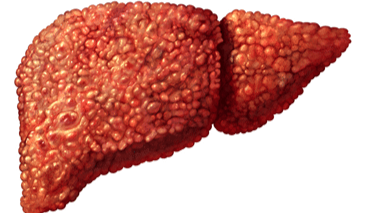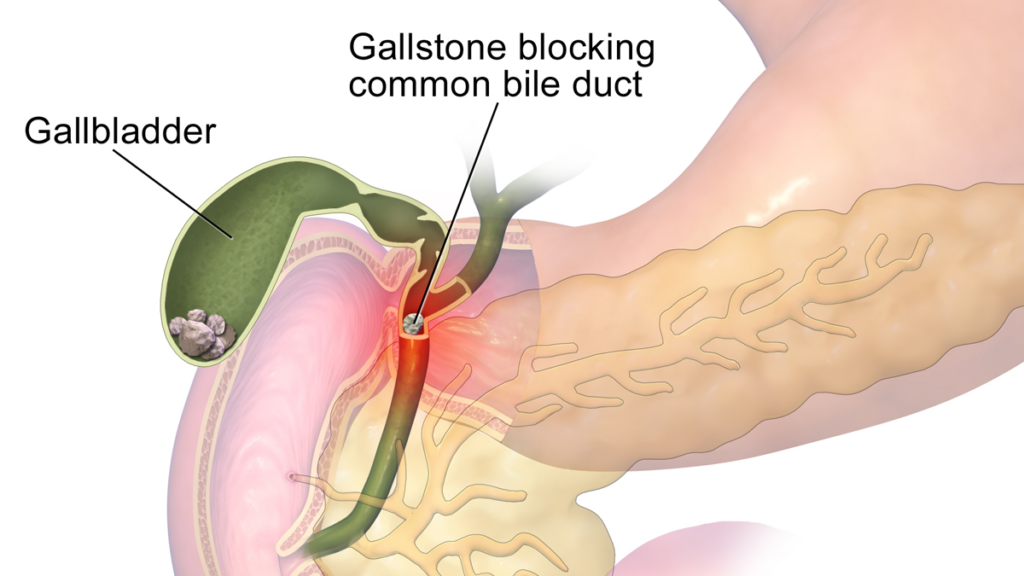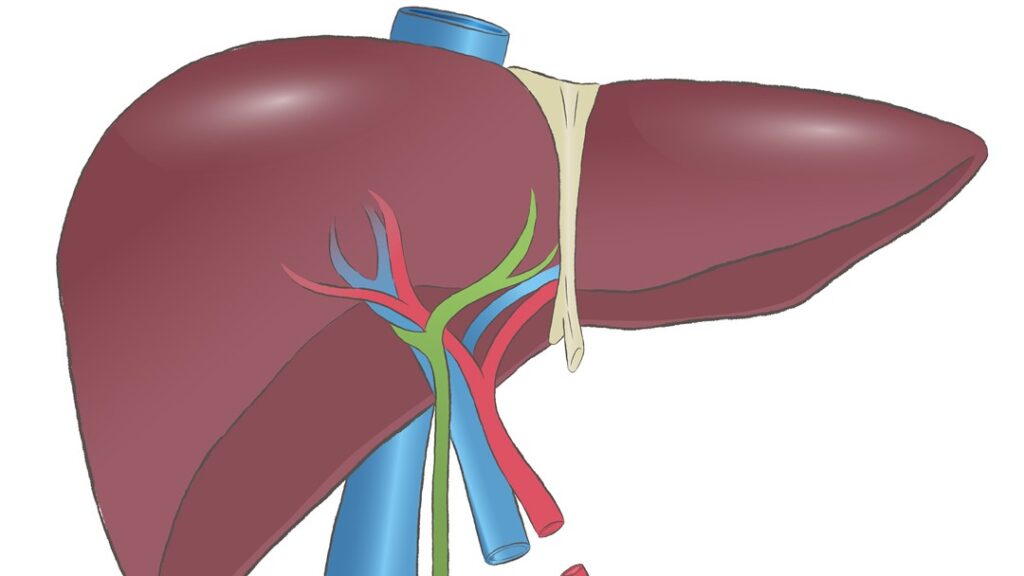- srushtigastro@gmail.com
- +91- 8073380392
Liver, Gall Bladder and Pancreas

Cirrhosis of the liver is a chronic and progressive condition characterized by the gradual replacement of healthy liver tissue with scar tissue, affecting its structure and function. Common causes of cirrhosis include long-term alcohol abuse, chronic viral hepatitis infections (such as hepatitis B and C),

Fatty liver, or hepatic steatosis, occurs when excess fat accumulates in the liver, often due to factors like obesity, high cholesterol, or excessive alcohol consumption. Left untreated, it can lead to inflammation, scarring , and impaired liver function,potentially progressing to serious complications such as liver failure.

Gallstones are small, hardened deposits that form in the gallbladder, a small organ located beneath the liver. These stones can vary in size and composition, ranging from tiny grains to larger masses. Gallstones typically develop when there is an imbalance in the substances that make up bile, a digestive fluid stored in it.

Hepatitis C treatment has undergone significant advancements in recent years, marking a transformative era in managing the disease. The introduction of direct-acting antiviral (DAA) medications has revolutionized therapy.

Liver transplantation is a complex surgical procedure that involves replacing a diseased or failing liver with a healthy liver from a deceased or living donor. It is typically performed in patients with end-stage liver disease, acute liver failure.

Pancreatic diseases, like pancreatitis and pancreatic cancer, pose significant health risks due to their potential to disrupt digestion and metabolic processes. Managing these conditions requires specialized medical care and impact on overall health.

Call : +91- 8073380392
srushtigastro@gmail.com
Srushti Gastro & liver Clinic 186, 165, 9th Main Rd, Sector 6, HSR Layout, Bengaluru, Karnataka 560102